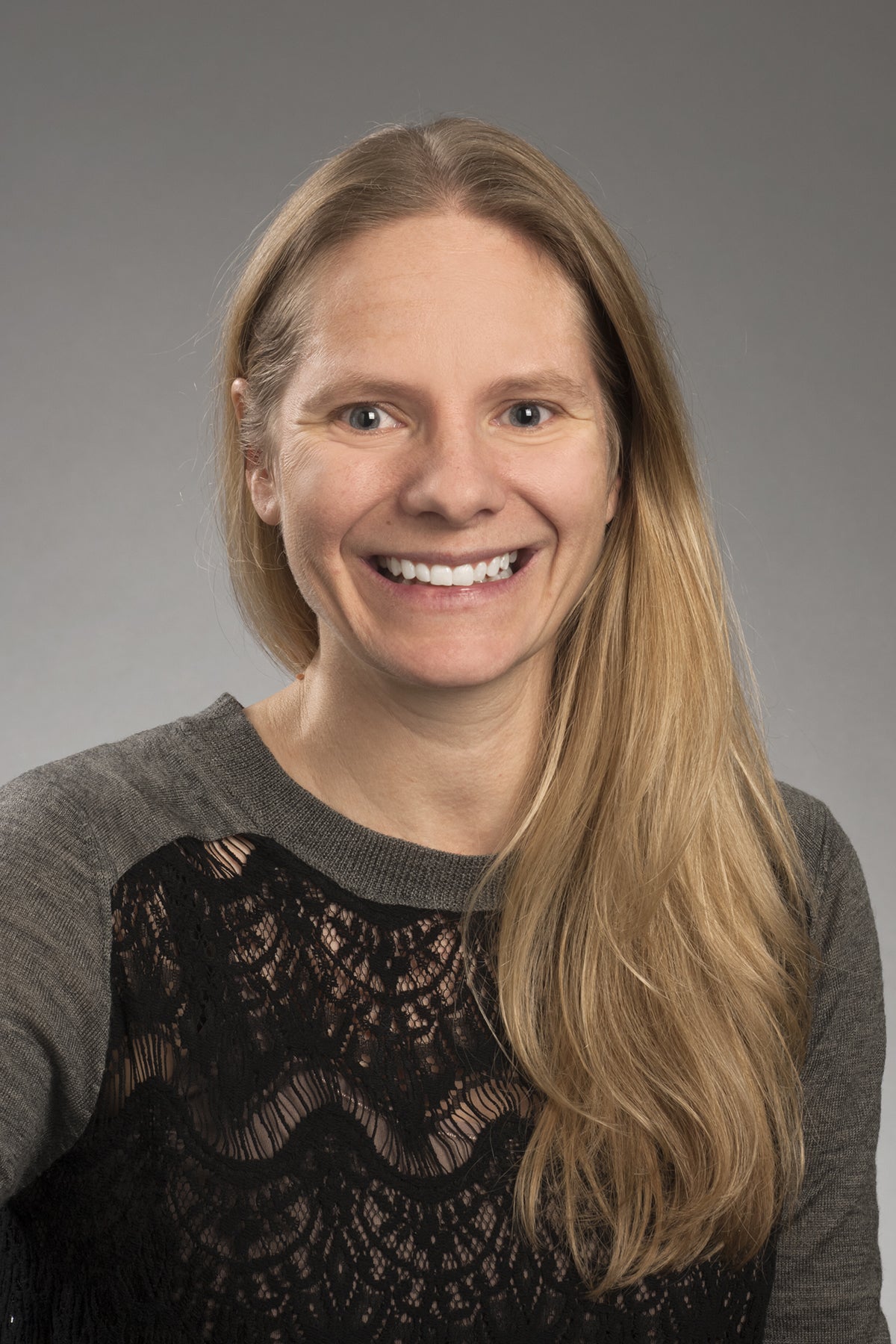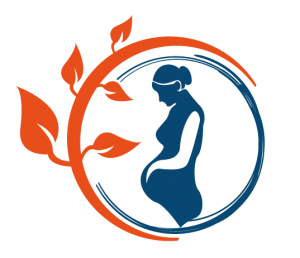
For Boise State assistant professor Cynthia Curl, research into how pesticides affect us and our lives is very personal.
“I grew up in a small agricultural area. My dad was one of the people who would hold the stakes to guide crop dusters in and then run out of the way when they flew in to spray pesticides,” Curl said.
Curl is a faculty member in the Department of Community and Environmental Health, and head of the Curl Agricultural Health Research Lab. The lab does multifaceted research into the use of pesticides and how they affect the health of both consumers and farm workers.
“There’s a clear correlation between dietary pesticide exposure and conventionally grown food, and we want to find out whether or not eating food grown organically actually makes people healthier,” Curl said.
Curl’s most recent study into the topic looked at 20 pregnant women, tracking what produce they ate through their whole pregnancy and recording pesticide exposure along the way. This study was the first of its kind to follow an entire pregnancy. Participants were provided with weekly deliveries of fresh fruits and vegetables, which were shipped directly to them. Half the participants received organic produce, while the other half received conventionally grown produce.

There was still an issue, however, with how to track all consumed produce (including that not obtained through the study) so that the expected types of pesticides could be correlated with consumption. Originally, the lab was using an off-the-shelf food tracker found in an app store, but this quickly proved to be impractical because the app was set up as a fitness aid rather than a research tool.
Research Computing’s scientific programmer Kyle Shannon and developer Phil Merrell from the Office of Information Technology’s (OIT) Application Development team solved this problem by building a mobile application that did exactly what Curl needed for her study, with features like being able to store pictures of the food and export data in a standardized format. It also made it much more convenient for study participants to track their consumption of produce, which Curl says leads to an increase in the volume of data collected as well as the reliability of the data.
“Research Computing really enabled this study with the app. They made the whole thing possible. We couldn’t have got the data we needed without the app, and having good tech available like this makes it easier for both us and the study participants,” Curl said.
The study found a statistically significant increase in pesticide exposure among the participants who were given conventionally grown food. Curl is now working on another study funded by a National Institutes of Health K01 Career Development Award that tracks exposure of pregnant women to the commonly used herbicide glyphosate, the first study having served as a proof of concept for this second one. The app helped to show that Curl had the infrastructure to scale the project effectively.
“Showing Boise State’s investment and capacity for website building and app development makes grant proposals look a lot better and be far more robust,” Curl said.
Her upcoming study evaluates exposure to glyphosate, and aims to understand dietary and agricultural sources of that exposure. This new study will involve 20 pregnant women who live at least 10 miles from the nearest glyphosate-treated field, and another 20 who live within a mile of a glyphosate-treated field.
“Glyphosate hasn’t been monitored like this before. There have only been 19 peer-reviewed studies on glyphosate exposure in human populations since 1980, and it is even more rare to look at non-occupational sources of exposure; here, we’re looking at members of the general public,” Curl said.
For this new project, the OIT team will help establish a protocol for participants to submit meal content and provide a mobile application with appropriate infrastructure to log, query and analyze the data as needed.
Learn about the results of Curl’s study by reading results published in the peer-reviewed journal Environment International; listening and watching stories covered in local outlets including Boise State Public Radio: Boise State Aks and Channel 6; and reading the lay article published in The Conversation.
To find out how Research Computing can help with a research project, email researchcomputing@boisestate.edu or call 208-426-3904.
– By Forrest Burt